If you're thinking of trying a science activity at home for the first time, or are a more seasoned kitchen scientist, red cabbage indicator is perfect! The humble red cabbage is great for making colour changing potions, testing the pH of different things around the kitchen and generally a great introduction to science at home, chemical reactions and acids and alkalis!
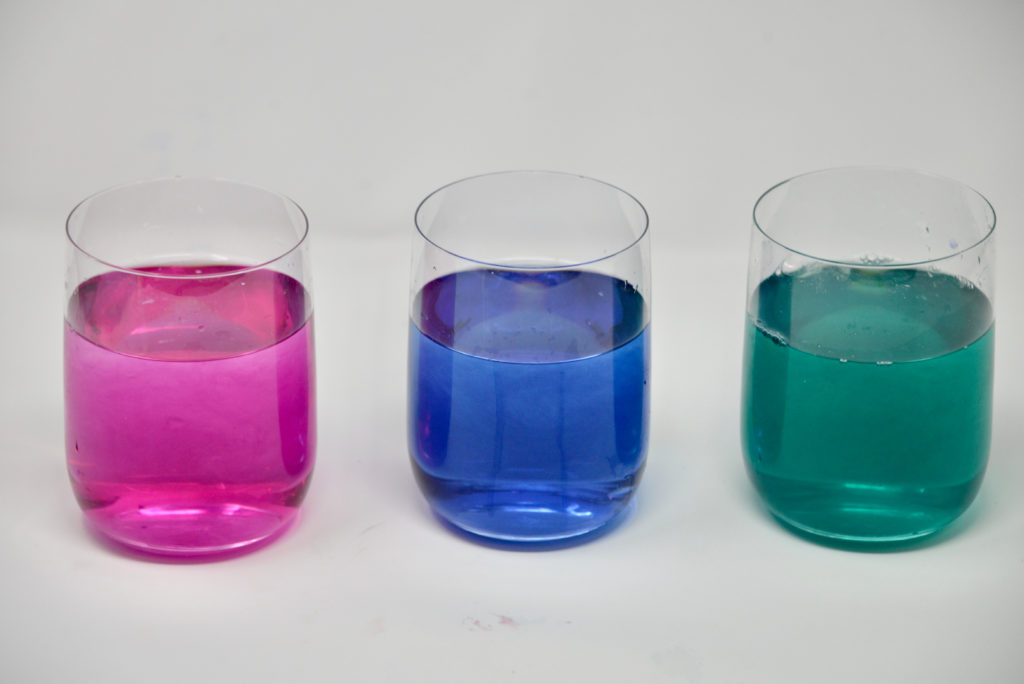
Using red cabbage indicator to test pH
You'll need
3 transparent containers
Water
White vinegar
Baking soda ( bicarbonate of soda )
Jug
Sieve
Red Cabbage
Stove
Spoon
Instructions
Make red cabbage indicator by boiling a handful of chopped red cabbage in water for about 5 minutes and leave to cool.
Drain the mixture keeping the purple liquid. This is the indicator!
Pour the same amount of water into each container.
Add a tablespoon of vinegar to one container and a tablespoon of baking soda to another container. Mix well.
Don't add anything to the third container.
Pour a little red cabbage indicator into each container and watch as the liquid changes colour!
You should get something a little like this!
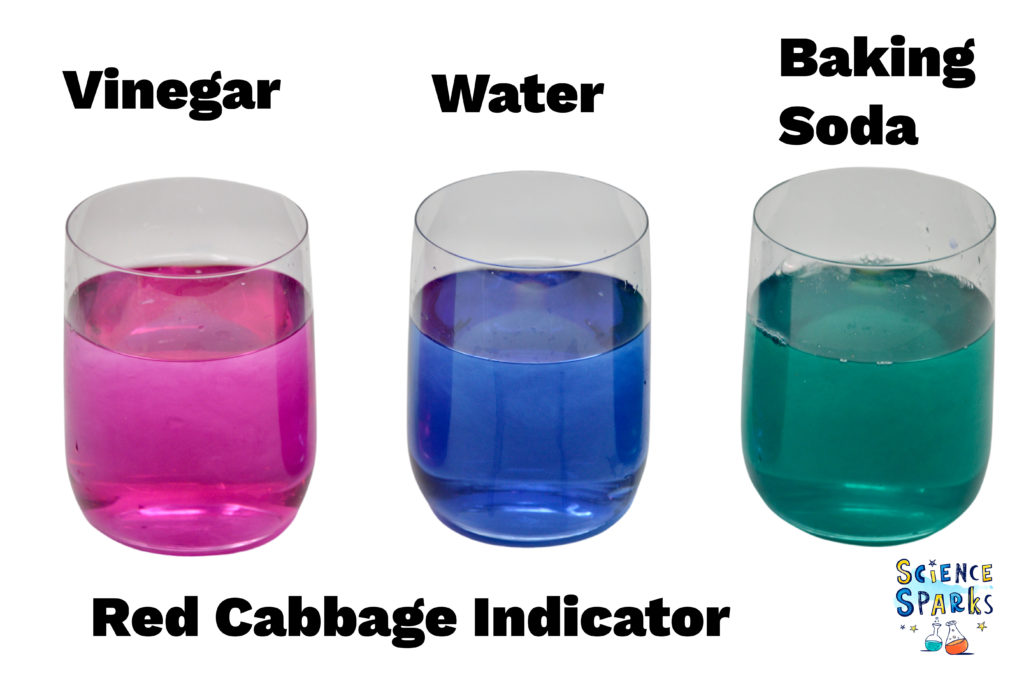
Experiment with different concentrations of vinegar and baking soda to create different shades of green and pink.
Red cabbage contains flavin ( an anthocyanin) . Flavin is a natural pH indicator which changes colour depending on the pH of the solution.
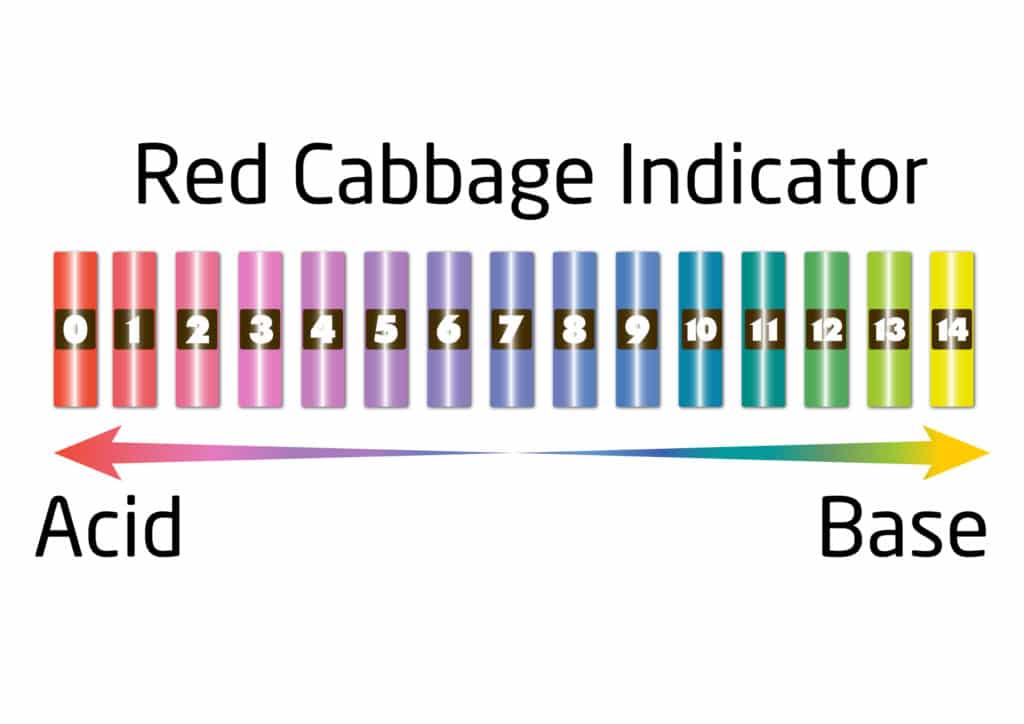
Don't forget to try my other red cabbage experiments too!
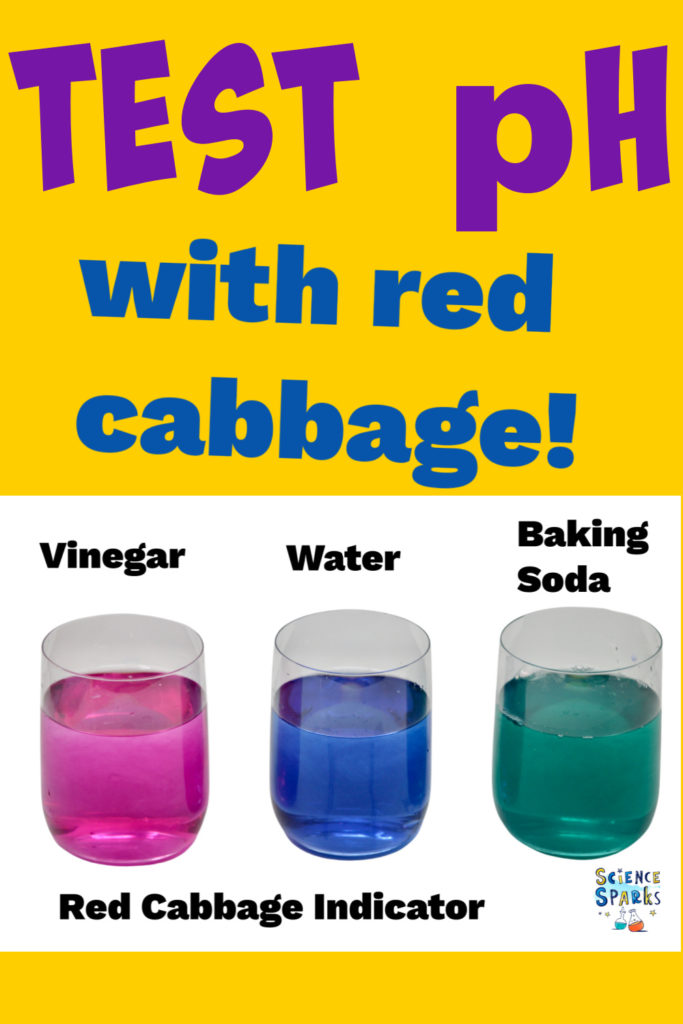
Last Updated on July 18, 2022 by Emma Vanstone
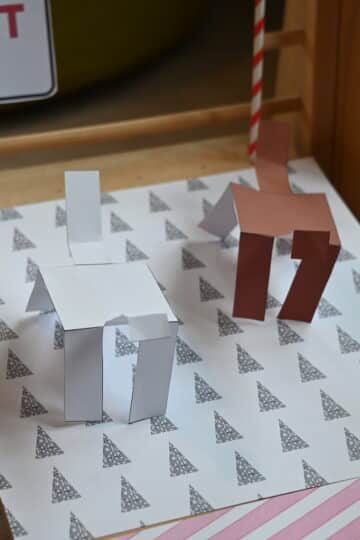



Leave a Reply